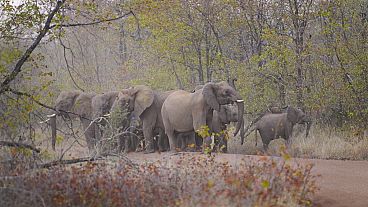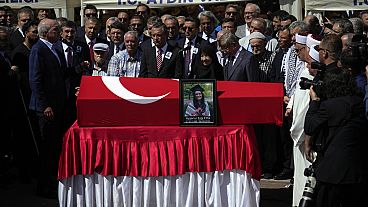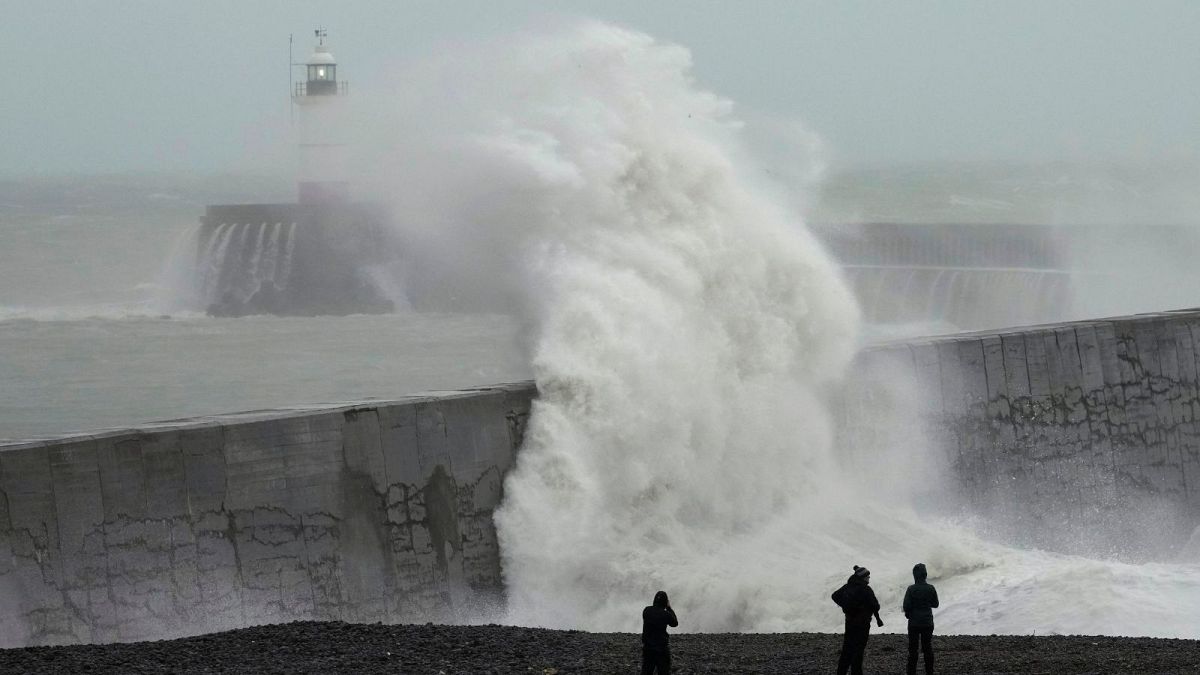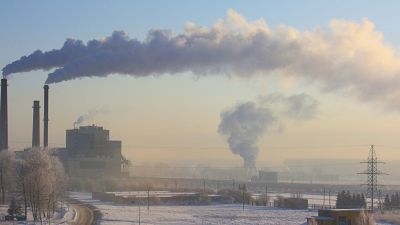They include the name of a former meteorologist who made “the most important forecast” the Met Office has ever produced.
This season’s storm names are in, and they again pay tribute to some legends of the weather world.
On Thursday (29 August), the UK’s Met Office, Ireland’s Met Éirean and Royal Netherlands Meteorological Institute (KNMI) released their list of names for the 2024/25 season.
The Met Office has taken the opportunity to honour three significant people from its 170-year history: World War Two meteorologist Group Captain James Stagg, maths genius Lewis Fry Richardson and computer pioneer Mavis Hinds.
“This is the tenth year of us naming storms and we do it because it works,” says Met Office head of situational awareness Will Lang, who leads responses in times of severe weather.
“Naming storms helps to make communication of severe weather easier and provides clarity when people could be impacted by the weather.”
How are storm names chosen?
Storms are named alphabetically avoiding the letters Q, U, X, Y or Z to conform with international standards. The names come from the list published at the start of each season by the Met Office, Met Éirean and KNMI, with each contributing seven.
Storms will get named by the group when they’re deemed to have the potential to cause ‘medium’ or ‘high’ impacts in the UK, Ireland or the Netherlands.
Wind is the primary consideration for naming a storm, but additional impacts from rain or snow are also considered in the naming process.
The list runs from early September to late August 2025 to coincide with the start of autumn and the end of summer, when the likelihood of low-pressure systems and the potential for named storms increase.
This year, the Dutch weather service chose names suggested at an environment fair, while Met Éireann selected ones chosen by children at a STEM event.
What will this season’s storms be called and who are they named after?
Ashley, Bert and Conall will be the first three named storms this season, followed by Darragh, Éowyn, Floris, Gerben, Hugo and Izzy.
J is dedicated to Group Captain James Martin Stagg, who was the chief meteorologist responsible for advising General Eisenhower on the weather forecast for the D-Day landings.
Stagg and his team forecast poor weather on 5 June 1944, which led to Eisenhower postponing the invasion. They also identified the narrow weather window on 6 June which allowed the invasion to take place.
After Kayleigh, L is for Lewis Fry Richardson, who was the first person to work out how to use computers to predict the weather.
Even more impressively, Lewis devised the theory of Numerical Weather Prediction - producing a forecast by running complex mathematical formulae through a computer - almost 30 years before computers were even invented.
Lewis described how the process could be done using thousands of people who he called “computers”. His description of how they would work together to produce a forecast closely matches how a supercomputer works today.
M recognises Mavis Hinds, who worked on all the earliest computers used by the Met Office to develop Numerical Weather Prediction from a theory into an operational process.
Her work helped prove that computers could be used to produce fast, accurate weather forecasts, and paved the way for the Met Office to purchase its first computer.
Though it’s less likely we’ll need them, the remaining names on the list are: Naoise, Otje, Poppy, Rafi, Sayuri, Tilly, Vivienne and Wren.
Why was last year’s season so stormy?
The group named 12 storms in the 2023/24 season, reaching the letter ‘L’ with Lilian on 22 August. This is the furthest through the list the Western European naming group has got since storm naming was introduced in 2015, the Met says.
“Storm seasons are highly variable in the UK, with some seasons seeing a low frequency of named storms, and others more,” says Lang.
“One reason there were so many storms last year was the position of the jet stream through much of autumn and winter, which brought a succession of low-pressure systems towards the UK which became named storms.”
Naming storms makes a big difference to public awareness, enabling people to protect themselves.
“For Storm Babet, which brought exceptional rainfall to parts of eastern Scotland in October 2023, post event surveys suggest 97 per cent of people within the amber and red warning areas were aware of the warnings and 89 per cent of them took action as a result,” Lang adds.















